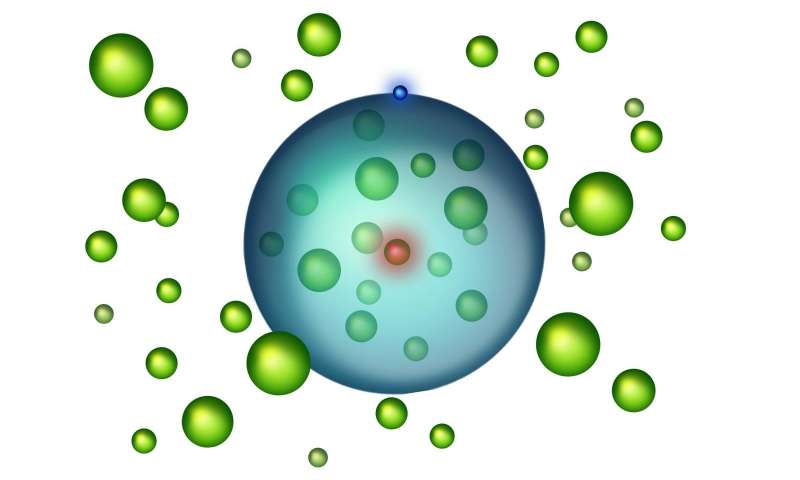Best of Last Week – Creating Rydberg polarons, Tesla carrying bacteria into space and bacteria that prevent skin cancer

It was another good week for physics as a team at the Austrian Academy of Sciences found that two-way signaling is possible with a single quantum particle, demonstrating that in the quantum world, information can travel in two directions simultaneously. Also, a combined team from Amherst College and Aalto University observed a new quantum particle with properties of ball lightning— a three-dimensional skyrmion in a quantum gas. And a team with members from Canada, Switzerland and the U.S. reported using artificial intelligence techniques to reconstruct the mysteries of quantum systems—they believe AI will allow researchers to study systems of particles much faster than traditional methods. Also, a team with members from TU Wien, Harvard and Rice University reported the creation of Rydberg polarons in a Bose gas—giant atoms filled with ordinary atoms.
It was also a good week for space research, as a team at NASA found a large amount of water in an exoplanet's atmosphere—planet WASP-39b, they found, has three times as much water as Saturn. Also, a team from Germany and Austria reported a study hinting that Saturn's moon Enceladus has a possibility for hosting life—the moon may have ideal conditions for archaeans. And a team led by a group at the Carnegie Institution for Science noted that Proxima Centauri had a no-good, very bad day a year ago. The nearest star to our sun experienced a massive stellar flare, which would likely have sterilized planets in its system. Also, a team at Purdue University noted that the Tesla in space could carry bacteria from Earth—the car and its mannequin astronaut, they note, could be harboring bacteria that could be considered invasive if it were to wind up on the surface of another planet.
In unrelated news, a team at Karolinska Institutet in Sweden reported on a stem cell study they conducted that may result in stronger muscles in old age—by possibly reversing mutations in the stem cells of muscles that impair cell regeneration.
And finally, if you spend a lot of time in the sun, you might want to take a look at a study done by a team at the University of California San Diego School of Medicine. They found a beneficial skin bacteria that protects against skin cancer—one that produces a chemical that actually kills cancer cells, but is not toxic to its human host.
© 2018 Phys.org